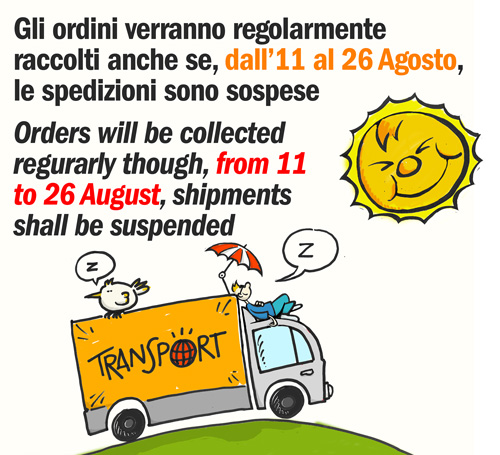ITALERI NEWS
FOCUS ON
13 March 2012
FALKLANDS WAR
.jpg)
Historical Summary
In 1982, after a long dispute over the sovereignty of the Falkland Islands, Argentina undertook a military operation that led to the full occupation of the British colony. The escalation between Argentina and the United Kingdom grew progressively and led, in April 1982, to the implementation of Operation Rosario. Operation Rosario was the code name of the Argentine occupation plan that led to a gradual occupation of the Malvinas Islands (the Spanish name for the Falklands islands), South Georgia and Sandwich Islands. The decision to reply and to restore the ownership by Great Britain, in accordance with the policy of Prime Minister Margaret Thatcher, has been taken quickly.
The retaking of the Falkland Islands (Codename : Operation Corporate) was considered extremely difficult but, in a very short time, a naval task force with the specific duty to ensure the control of the operational area and to support the amphibious assault, has been built. After heavy fighting, on 14th June 1982, British troops recaptured Port Stanley. In only few months the Argentinean troops surrendered and the war was over. The war had strong socio-political impact in Argentina and in Great Britain. The impact on public opinion was also amplified by the significant role of "mass media" and their ability to transfer real-time information and reports on the progress of the war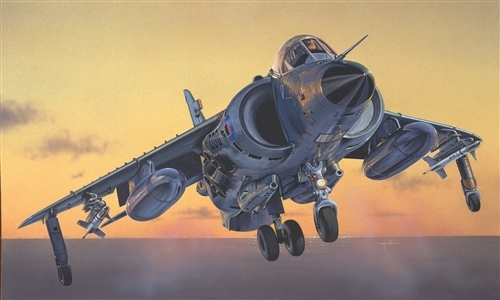
Sea Harrier FRS Mk 1
Due to the significant distance from Great Britain, the success of Operation Corporate was based on the efficiency of the naval task force under the command of Admiral John Woodward. The task force was formed around HMS Hermes and HMS Invincible. To the two carriers was assigned the task of ensure air superiority on the area of operations and to guarantee the success of the amphibious landings. The air component of Royal Navy was mainly formed by the BAe Sea Harrier FRS MK 1. The VTOL/STOL fighter entered in service just two years earlier, with the specific task of ensuring the defense of the fleet and air supremacy. Thanks to its great maneuverability , an advanced high-tech level for its time and the good training of the pilots, the use of Sea Harriers was definitely a success factor of the first stage of the War. With more than twenty aerial victories, Sea Harriers quickly gained the control of the Falkland skies.
Later on, several Royal Air Force Harrier Gr Mk 3, arrived with a specific purpose : close air support and ground attack.
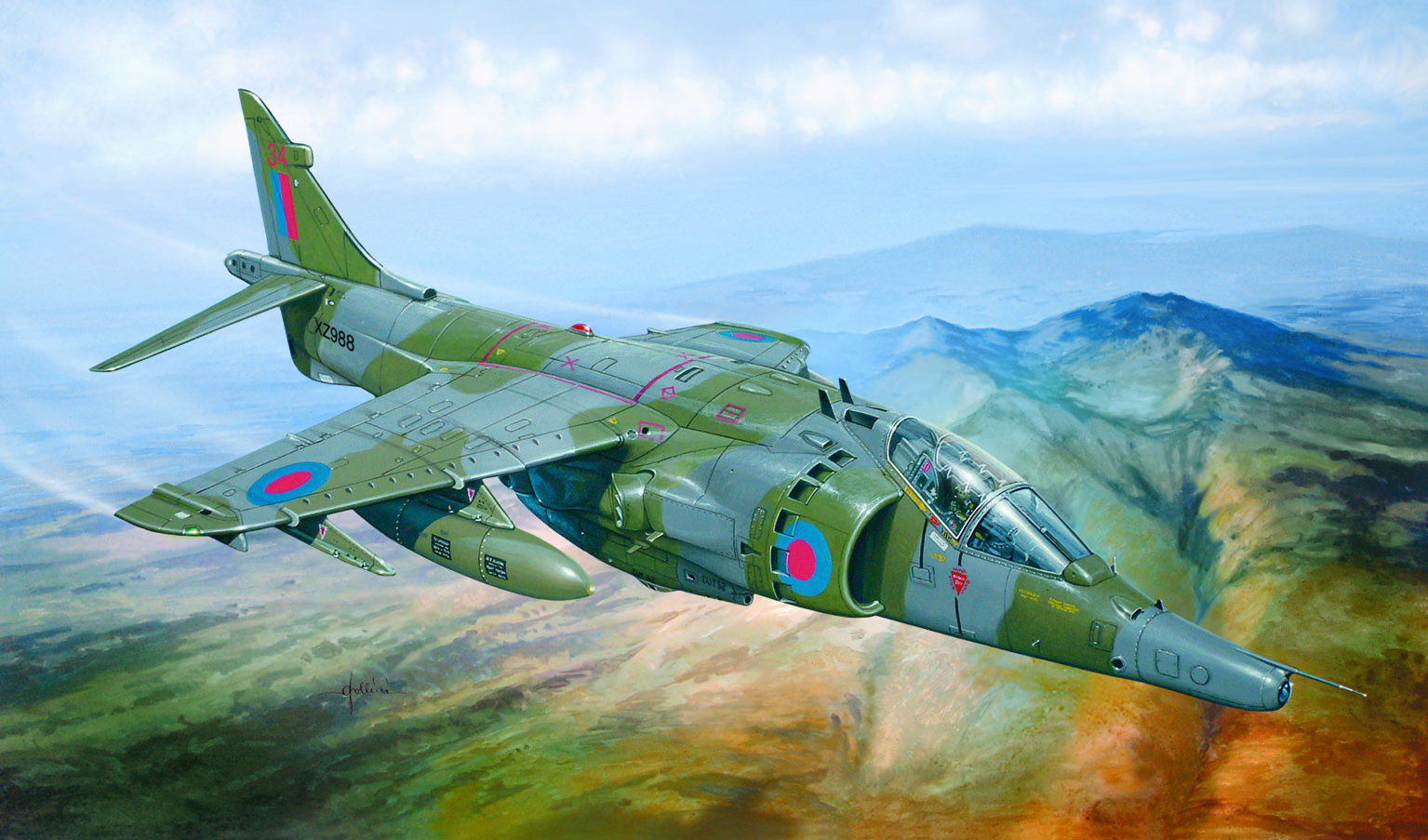
Harrier Gr 3
The type of aircrafts used by Argentina Air Force was very diverse and somewhat older than the British counterpart. Very often the value of the Argentine pilots, also recognized by the British pilots, could only partially cover the lower effectiveness and efficiency of the aircrafts. Alongside the most modern and updated fighters as the Mirage III, Mirage V, the IAI Dagger, there were a lot of A-4 Skyhawks. Furthermore few Dassault Super Etendard, armed with Exocet anti-ship missile, have been used by Argentine Naval Aviation. They proved their effectiveness during some stages of the conflict.
We have also to point out the significant role played by helicopters. For istance, The Wesland Wessex, with its characteristic raised cabin and its sturdy structure, has been used for various tasks during Falklands War. Alongside the most modern and updated Westland Lynx, the Wessex has been used even in anti-submarine missions.
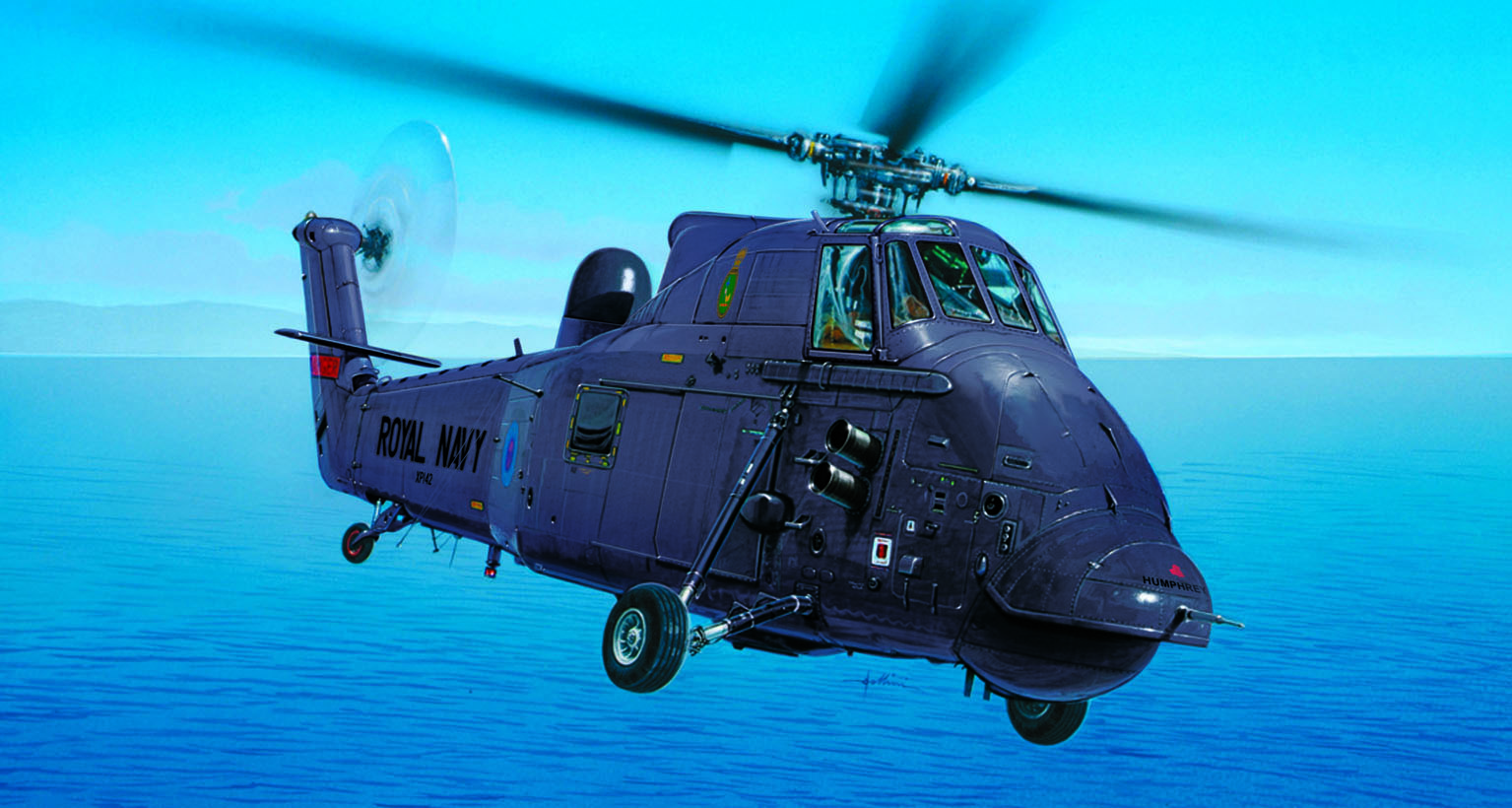
Wessex HAS 3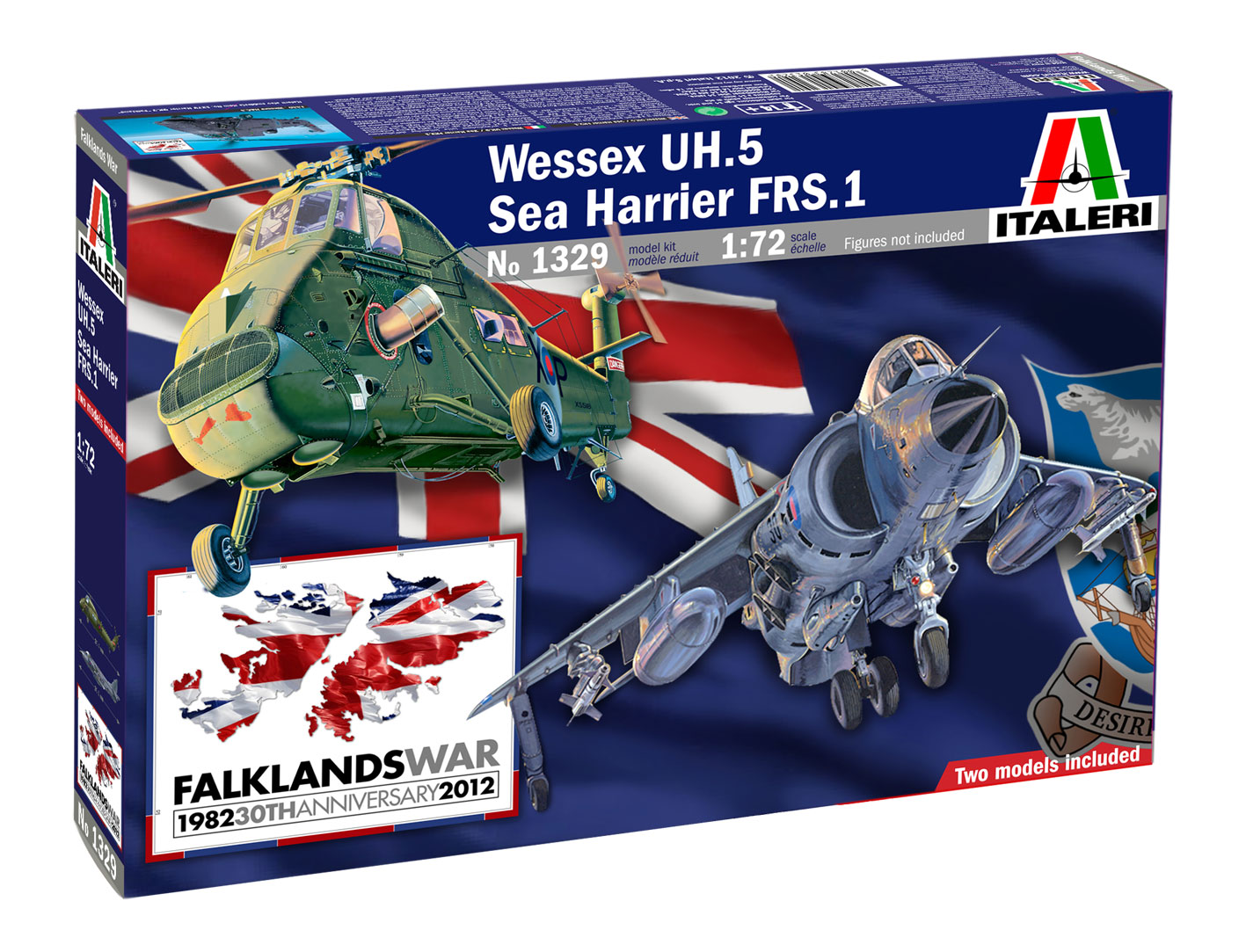
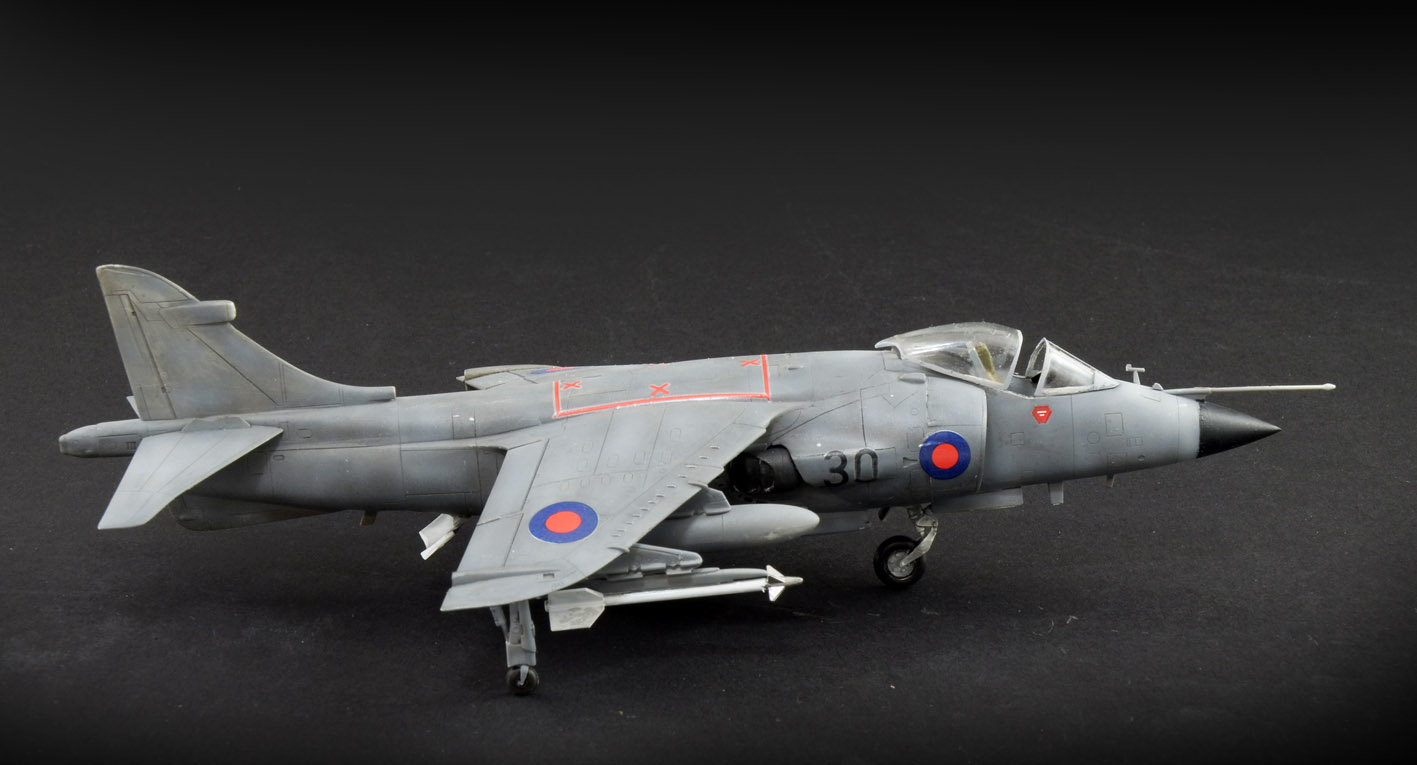
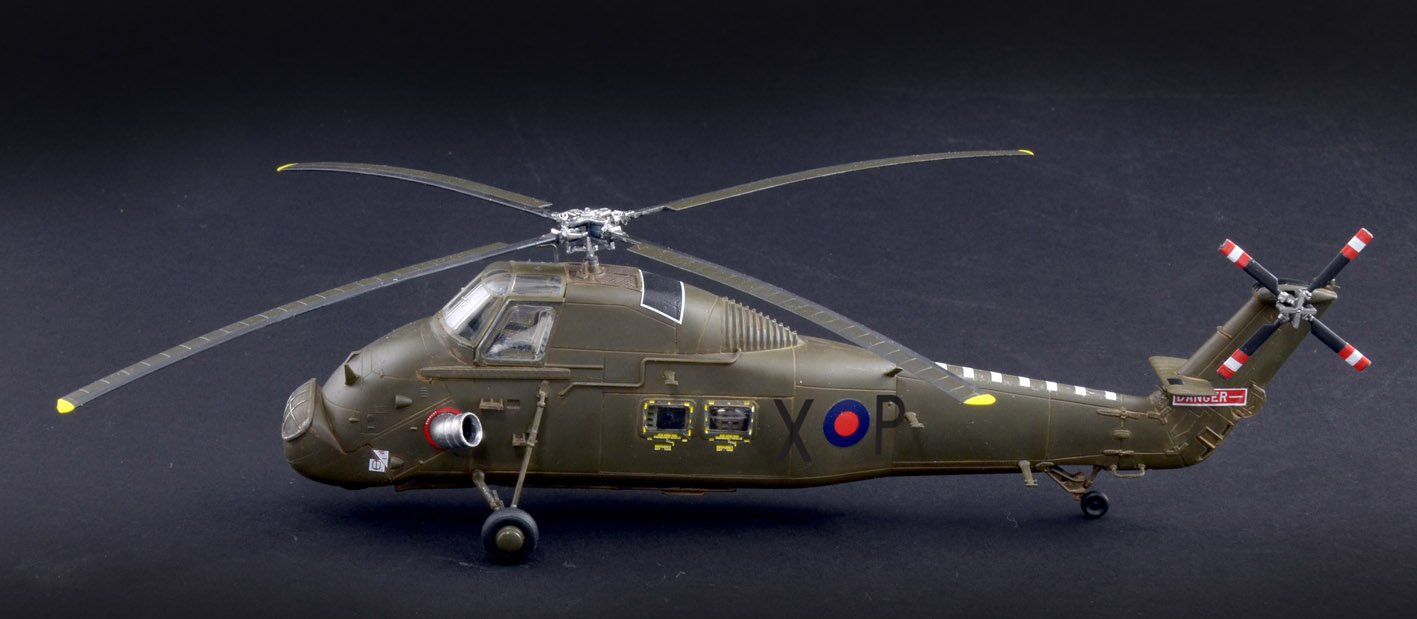
Box of new Italeri dedicated kit with Sea Harrier and Wessex UH.5

